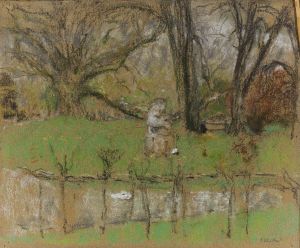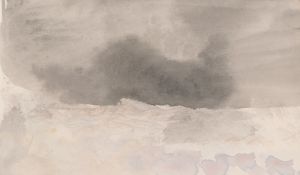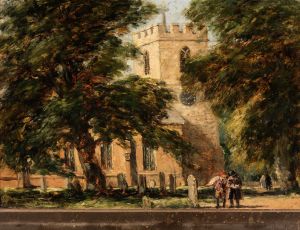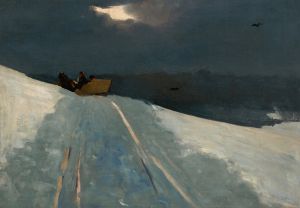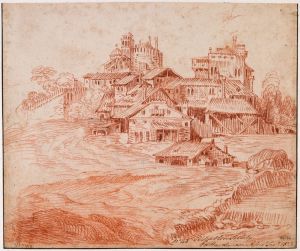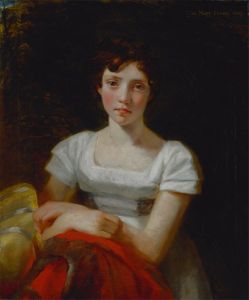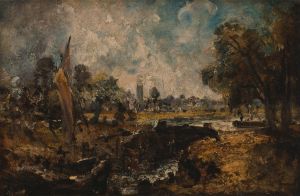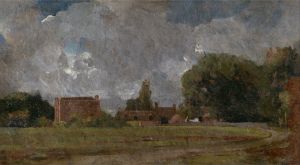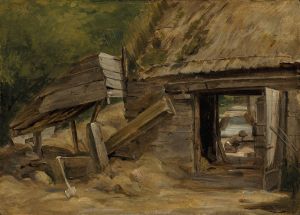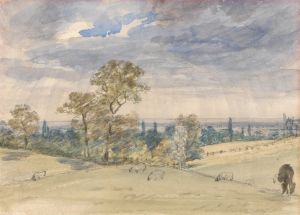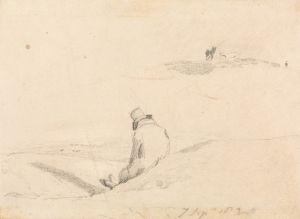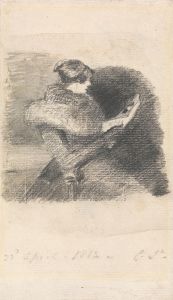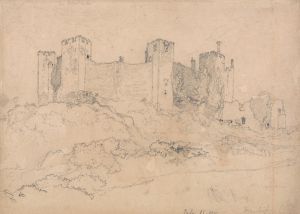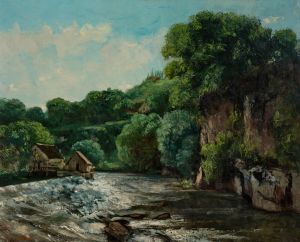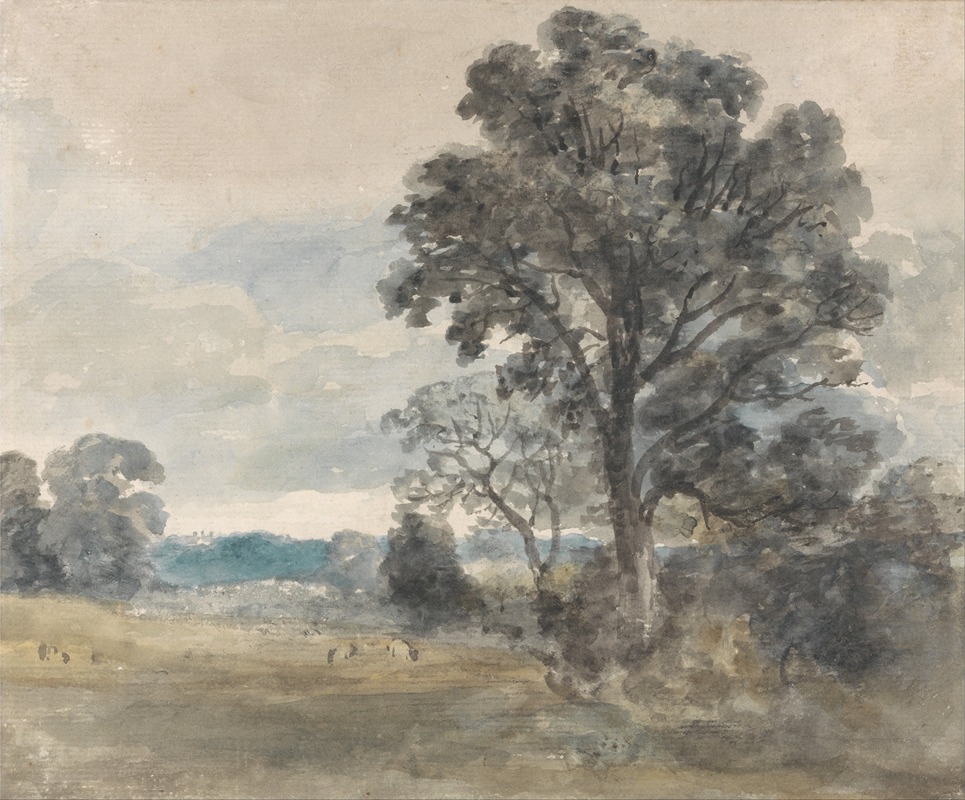
Landscape at East Bergholt
A hand-painted replica of John Constable’s masterpiece Landscape at East Bergholt, meticulously crafted by professional artists to capture the true essence of the original. Each piece is created with museum-quality canvas and rare mineral pigments, carefully painted by experienced artists with delicate brushstrokes and rich, layered colors to perfectly recreate the texture of the original artwork. Unlike machine-printed reproductions, this hand-painted version brings the painting to life, infused with the artist’s emotions and skill in every stroke. Whether for personal collection or home decoration, it instantly elevates the artistic atmosphere of any space.
"Landscape at East Bergholt" is a painting by the renowned English Romantic painter John Constable (1776–1837). The artwork is believed to depict the countryside around East Bergholt, a village in Suffolk, England, where Constable was born and spent much of his early life. This region, often referred to as "Constable Country," served as a significant source of inspiration for the artist throughout his career.
The painting is an example of Constable's dedication to capturing the natural beauty of the English landscape. Known for his innovative approach to landscape painting, Constable often worked directly from nature, creating sketches and studies outdoors before completing his works in the studio. His art is characterized by its attention to detail, use of light, and atmospheric effects, which were groundbreaking during his time.
"Landscape at East Bergholt" reflects Constable's deep connection to his rural surroundings and his desire to portray the English countryside with authenticity and emotion. His works often celebrated the harmony between nature and human activity, and this painting is no exception. The scene likely includes elements such as trees, fields, and possibly a glimpse of the River Stour, which frequently appeared in his compositions.
The exact date of the painting is not definitively recorded, but it is consistent with Constable's style and subject matter during the early 19th century. His works from this period often focused on the landscapes of Suffolk and the surrounding areas, capturing the essence of rural life during the era.
Constable's landscapes were not immediately appreciated by the art establishment of his time, as they diverged from the more classical and idealized depictions of nature that were popular in the early 19th century. However, his commitment to realism and his innovative techniques, such as the use of broken brushstrokes to depict light and movement, eventually earned him recognition as one of the most influential landscape painters in Western art.
Today, "Landscape at East Bergholt" is considered an important example of Constable's work and his contribution to the Romantic movement in art. The painting is held in a private collection or museum, though specific details about its current location are not widely documented. Constable's legacy continues to inspire artists and art enthusiasts, and his works remain celebrated for their ability to convey the beauty and tranquility of the English countryside.





